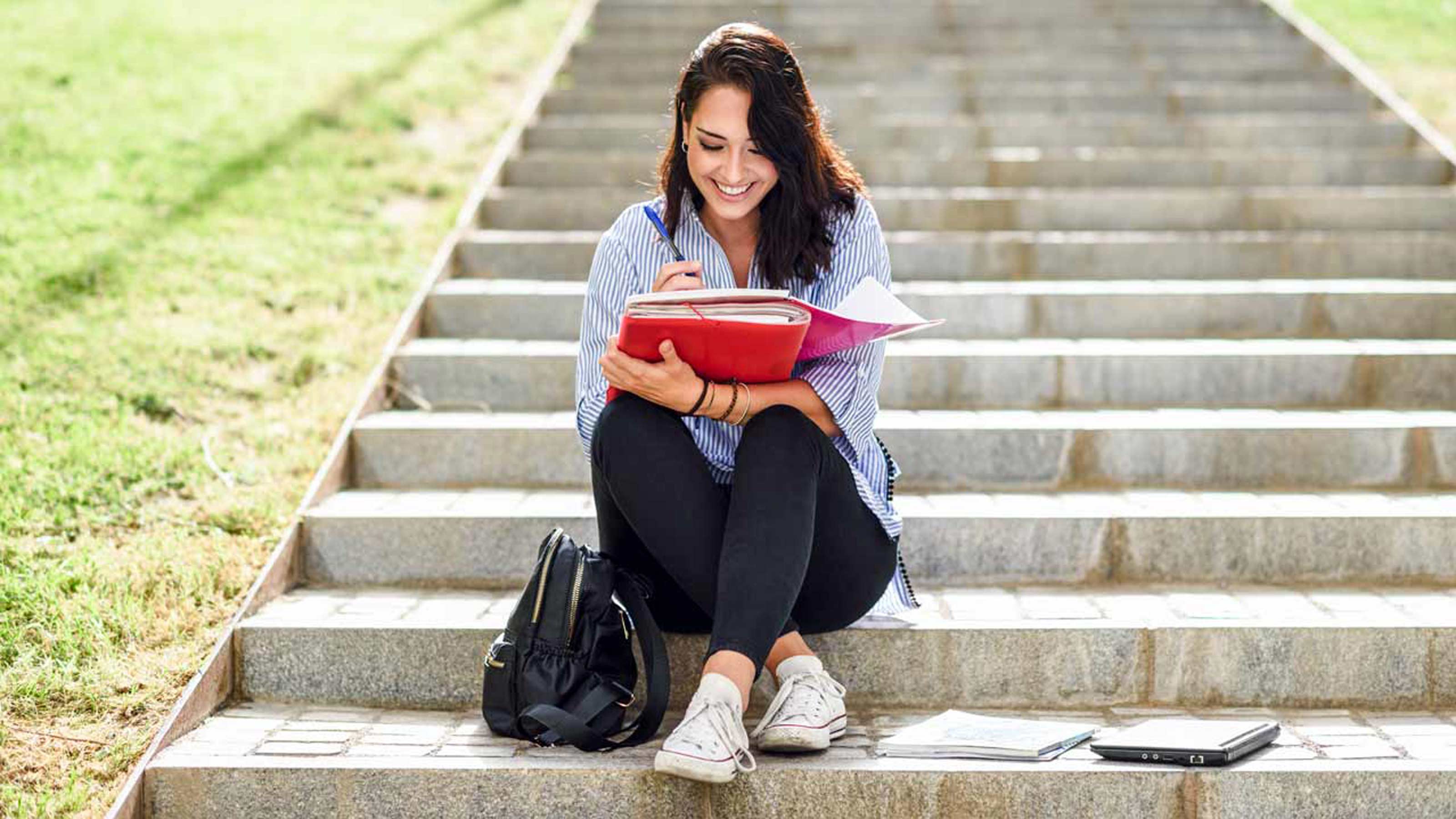Will Inflation Derail Your Retirement Plan?
If rising prices have you concerned for your own retirement, consider these five inflation-survival strategies.


In 20-plus years of serving as a fee-only financial planner, I’ve seen several situations where external factors and individual choices have threatened to derail clients' financial plans. Some of these situations are preventable, and others are outside of our control. The key is to identify these threats early and determine whether adjustments are necessary to ensure the plans we create with our clients stay on track.
One of the retirement threats we all need to be talking about right now is inflation. We’ve been in a pretty tame inflation environment for several decades, and the assumptions built into financial planning software — which many financial professionals use to help develop and test people’s retirement plans — have hovered around 2.4% in many cases. This makes sense, given that the average rate of inflation in the U.S. from 1990 to 2021 is. 2.48%. But is that high enough, considering the state of our current economy?
Since the pandemic, supply chain issues and consumer demand have dramatically pushed up short-term inflation in the U.S. The Consumer Price Index, a key measure of inflation, was 4.7% in 2021, a level unseen since 1990, according to Statista. The monthly 12-month inflation rate in February of 2022 was 7.9%, and with the advent of the war in Ukraine, some experts are predicting that U.S. inflation will clock in at 9% or more for 2022.
While it may be early to adjust long-term inflation assumptions in your retirement planning, if supply chain issues and consumer spending don’t become more normalized to long-term trends, an increase in inflation to even 4% over the long run could have a significant detrimental impact on retirement savings and maintaining your lifestyle throughout retirement. This bears watching and making adjustments in your projections as needed.
The commonly used 60% stocks / 40% bonds allocation averaged an annual rate of return of 11.1% during the decade ending in 2021, according to Goldman Sachs. Based on longer time horizons, we typically do not project more than a 7% expected return for similar balanced portfolios. When making retirement plans, jumping from an assumed inflation rate of 2.4% to a rate of 4% reduces the net return on the typical portfolio from 4.6% to 3%. This seemingly small difference can have a huge impact on portfolio sufficiency projections, and in your ability to maintain your purchasing power throughout your retirement.
How should you deal with this? First of all, just be aware that inflation expectations are a very important input into financial planning calculations. Make sure you have a clear understanding of what the inflation assumption is in the financial planning tool that your advisor is using. According to the World Bank database, the average rate of inflation in the U.S. from 1961-2020 is 3.3%. If your assumption is less than this, perhaps it deserves more evaluation.
If it looks like a sustained increase in inflation could hurt your plan significantly — or if you’re just concerned about inflation in general — there are several possible solutions you could consider:

1. Delay retirement to your full retirement age for Social Security
The onslaught of the pandemic changed the thought process around retirement for many people. We’ve seen an increase in the desire to retire early, which affects other aspects of a retirement plan, such as health care costs and helping children with their college education.
If you’re worried about making your money last through retirement, it makes sense to wait until your Social Security full retirement age, which is the age at which you will receive your full Social Security benefit. This is typically 67 for most people.
If you like your job and your career, stay employed and take advantage of lower costs for health care (a big inflation input) and continue to save as much as possible in your 401(k).
If you can’t wait until 67, consider working at least until age 65, so you can take advantage of Medicare.

2. Reconsider some of your post-retirement goals and their costs
One major factor for many is the purchase of a new home, possibly in a location where you may prefer to live. Home prices have been significantly impacted by pandemic-related increases, which should moderate over time. Perhaps delay this goal, or ease into it by renting in your preferred location for a few years after selling your current home.
Also look at what I would term “extraordinary” goals, or larger occasional purchases that occur less frequently, like new car purchases or large trips. Is it possible to perhaps move one of your big international trips to one that is closer to home? Instead of planning for a brand new car every five years, consider a lightly used one that may offer a much better value. Would now be a good time to sell off one of your rental properties? There are many possible solutions for each individual situation. Some of the better financial planning tools allow for quick adjustments to financial goals so that possible tradeoffs can be evaluated. We view this as a mission-critical capability.

3. Reposition your portfolio
Consider including a higher exposure to commodities, dividend-paying stocks, inflation-protected bonds, and publicly traded real estate. This may be a good time to review your overall allocation and confirm whether you are investing appropriately given your time horizon and other factors in your financial plan.
However, keep in mind that while minor adjustments to counteract inflation may be in order, don’t be discouraged by the current market volatility and discard your entire strategy. If you don’t have a well-considered strategy in place, consult an adviser to help you do so.

4. Rethink the cost of higher education
This has become a recurring topic with some of our clients, given the high cost of education and some of the challenges in the current job market. There are resources available to provide assistance in navigating student loan payoff and consolidation where appropriate, such as Gradfin (https://gradfin.com/).
Assuming high levels of debt for your children’s education while also trying to fund a successful retirement can be a significant challenge in a higher-inflation environment. It’s no secret that education costs have skyrocketed over the last few decades, and if overall inflation increases, many will reconsider how to approach this situation. The good news is that, with a little creativity and flexibility, your children can still receive a quality education at a reasonable price.
- One solution is to attend two years of a community college and then transfer to a preferred state school. Many states have articulation programs where public universities will accept credits from community colleges in their state.
- Another solution is to look closely at the many new online and hybrid programs offered by universities. Some of these are offered by top-tier universities and provide valuable diplomas at a fraction of the cost.
- Additionally, as long as the overall cost is reasonable, there’s nothing wrong with students shouldering some of the debt themselves. Education can be classified as “good” debt, as it should enable the student to earn more money over their career.
There are a lot of caveats here, such as degree program, school reputation, etc., but the bottom line is that parents should not sacrifice their own retirement for their children’s education.

5. Seek the advice of a qualified financial adviser
A financial professional can help you build a suitable plan and test out different scenarios. And make sure that you update your plan regularly, taking into account current market conditions and goal changes.
In conclusion, there just hasn’t been enough serious conversation within the financial planning community regarding changing inflation expectations. Don’t get caught by surprise or complacency when seriously considering an upcoming retirement goal. Revisit your assumptions and seek appropriate guidance to ensure that you will have a successful retirement.
Profit and prosper with the best of Kiplinger's advice on investing, taxes, retirement, personal finance and much more. Delivered daily. Enter your email in the box and click Sign Me Up.

Doug Kinsey is a partner in Artifex Financial Group, a fee-only financial planning and investment management firm in Dayton, Ohio. Doug has over 25 years experience in financial services, and has been a CFP® certificant since 1999. Additionally, he holds the Accredited Investment Fiduciary (AIF®) certification as well as Certified Investment Management Analyst. He received his undergraduate degree from The Ohio State University and his Master's in Management from Harvard University.
-
 Visa Stamps the Dow's 398-Point Slide: Stock Market Today
Visa Stamps the Dow's 398-Point Slide: Stock Market TodayIt's as clear as ever that President Donald Trump and his administration can't (or won't) keep their hands off financial markets.
-
 State Tax Changes 2026: Is Your State Cutting Taxes This Year?
State Tax Changes 2026: Is Your State Cutting Taxes This Year?Tax Changes As a new year begins, taxpayers across the country are navigating a new round of state tax changes.
-
 Who Said That? Match the US President to the Quotation
Who Said That? Match the US President to the QuotationWho better to give advice on aging, retirement and finances than a U.S. president? Our short quiz will determine whether you're a history buff or buffoon.
-
 The Paradox Between Money and Wealth: How Do You Find the Balance?
The Paradox Between Money and Wealth: How Do You Find the Balance?Wealth reflects a life organized around relationships, health, contribution and time — qualities that compound differently than money in a mutual fund.
-
 Billed 12 Hours for a Few Seconds of Work: How AI Is Helping Law Firms Overcharge Clients
Billed 12 Hours for a Few Seconds of Work: How AI Is Helping Law Firms Overcharge ClientsThe ability of AI to reduce the time required for certain legal tasks is exposing the legal profession's reliance on the billable hour.
-
 General Partner Stakes: Why Investors Are Buying Into the Business of Private Equity
General Partner Stakes: Why Investors Are Buying Into the Business of Private EquityGP stakes in asset management firms offer exposure to private markets and are no longer just for the wealthy. Find out why it looks like a good year to invest.
-
 5 Golden Rules We (Re)learned in 2025 About Investing
5 Golden Rules We (Re)learned in 2025 About InvestingSome investing rules are timeless, and 2025 provided plenty of evidence demonstrating why they're useful. Here's a reminder of what we (re)learned.
-
 I'm a Financial Adviser: Here's How to Earn a Fistful of Interest on Your Cash in 2026 (Just Watch Out for the Taxes)
I'm a Financial Adviser: Here's How to Earn a Fistful of Interest on Your Cash in 2026 (Just Watch Out for the Taxes)Is your cash earning very little interest? With rates dropping below 4%, now is the time to lock in your cash strategy. Just watch out for the tax implications.
-
 How Oil and Gas Investing Can Stabilize Returns and Shield Against Market Volatility: Tips From a Financial Pro
How Oil and Gas Investing Can Stabilize Returns and Shield Against Market Volatility: Tips From a Financial ProDirect exposure to oil and natural gas projects can strengthen a portfolio's long-term resilience with non-market-correlated cash flow and an inflation hedge.
-
 How to Navigate the Silence After Your Business Sells for $5 Million: Tips From a Financial Planner
How to Navigate the Silence After Your Business Sells for $5 Million: Tips From a Financial PlannerThe silence after a big sale can be disorienting. It's essential to redefine your identity and focus on your purpose before rushing into the next big thing.
-
 Turning 59½: 5 Planning Moves Most Pre-Retirees Overlook
Turning 59½: 5 Planning Moves Most Pre-Retirees OverlookAge 59½ isn't just when you can access your retirement savings tax-free. It also signals the start of retirement planning opportunities you shouldn't miss.
